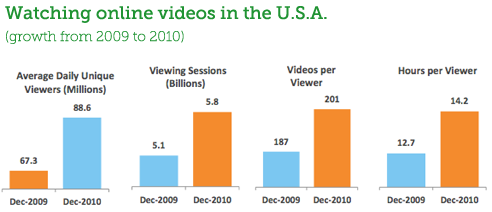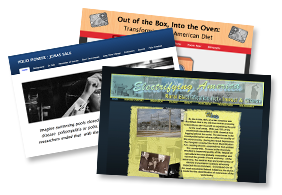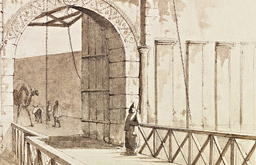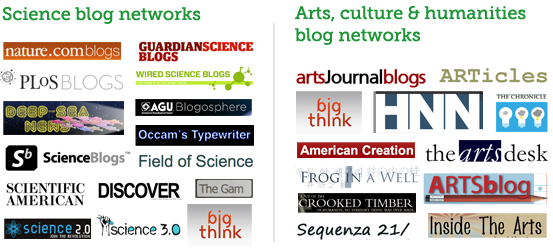Community Embraces New Word Game at Mid-Year Play Day This past Sunday, families at Takoma Park’s Seventh Annual Mid-Year Play Day had the opportunity to experience OtherWordly for the first time. Our educational language game drew curious children and parents to our table throughout the afternoon. Words in Space Several children gathered around our iPads […]
Read moreCategory: Communication
 Bad presentations abound, but it’s particularly egregious when presenting to public audiences. Text-heavy slides? Score! Confusing graphics? Score! Too many slides? Score! Have fun at your next presentation with Bad Presentation Bingo, a game developed by Monica Metzler, president of the Illinois Science Council. Check out the game… (more…)
Bad presentations abound, but it’s particularly egregious when presenting to public audiences. Text-heavy slides? Score! Confusing graphics? Score! Too many slides? Score! Have fun at your next presentation with Bad Presentation Bingo, a game developed by Monica Metzler, president of the Illinois Science Council. Check out the game… (more…)
 Blog networks provide readers an interesting place to read a variety of interesting articles, or other media. They can be win-win for everyone. Technically, they are relatively easy to make with the current generation of blog authoring software. It’s the human side that takes time and work. Here’s an example of how not to go about recruiting contributors for a blog network.
Blog networks provide readers an interesting place to read a variety of interesting articles, or other media. They can be win-win for everyone. Technically, they are relatively easy to make with the current generation of blog authoring software. It’s the human side that takes time and work. Here’s an example of how not to go about recruiting contributors for a blog network.
Online video gained momentum in 2010, says a recent report from comScore. Compare 2009 and 2010:

Like museums in the physical world, WebExhibits presents information that is, for the most part, timeless. Yet WebExhibits also demonstrates a radical departure from physical museums, in terms of 24/7 accessibility, adaptation to support multiple learning styles, and cost-effectiveness. As of October 2010, 75% of U.S. households have high-speed Internet access, and virtually all students have Internet access at schools or libraries.
Virtual exhibits are cost effective. It costs only a few pennies to serve a WebExhibits visitor, in contrast with a typical U.S. museum’s cost of $23 per visitor.
We’ve just launched a new blog for SpicyNodes, our new concept mapping tool. In that blog, we’ll follow news about the SpicyNodes project development and use, as well as a broader view about concept mapping, mind mapping, and related ways to visualize information.


 This weekend, I was a judge at a local chapter of
This weekend, I was a judge at a local chapter of  Blogging is an increasingly important way for the public to learn about science and culture. Bloggers fill in the information gaps, as traditional publishers slash jobs for science and arts journalists. More important, for good or bad, bloggers remove the gatekeepers (editors, press officers) which previously stood between experts and the public.
Blogging is an increasingly important way for the public to learn about science and culture. Bloggers fill in the information gaps, as traditional publishers slash jobs for science and arts journalists. More important, for good or bad, bloggers remove the gatekeepers (editors, press officers) which previously stood between experts and the public.